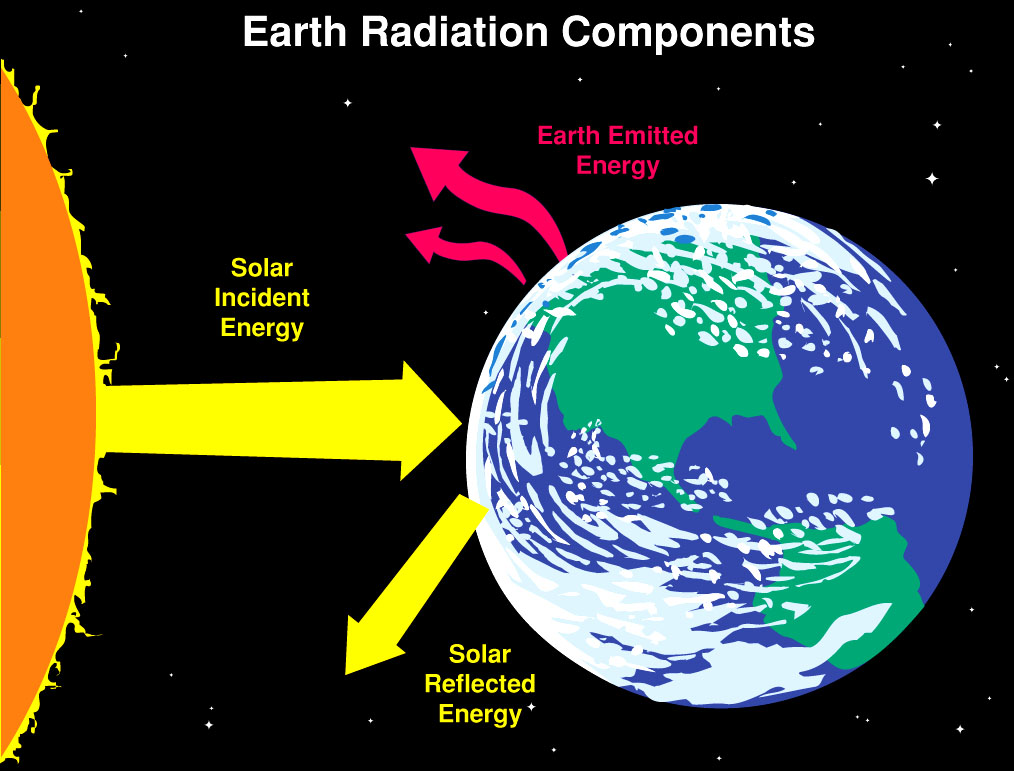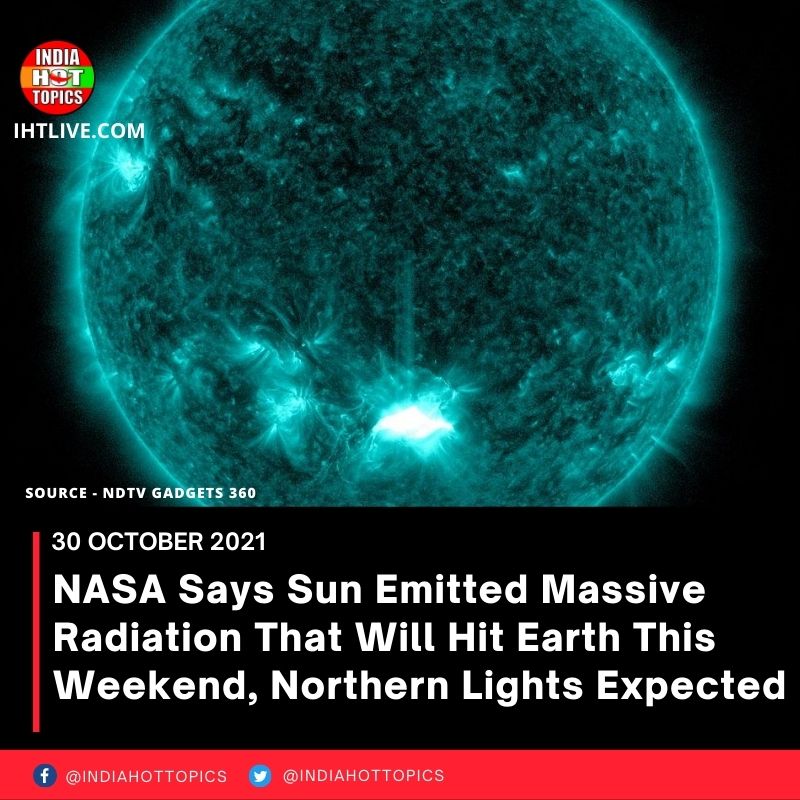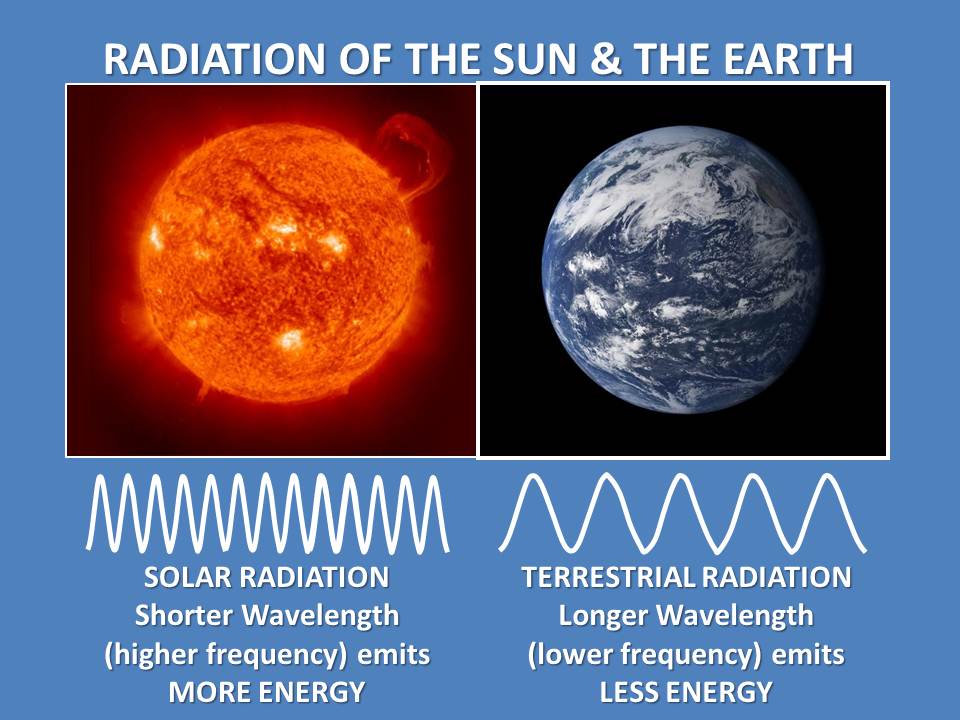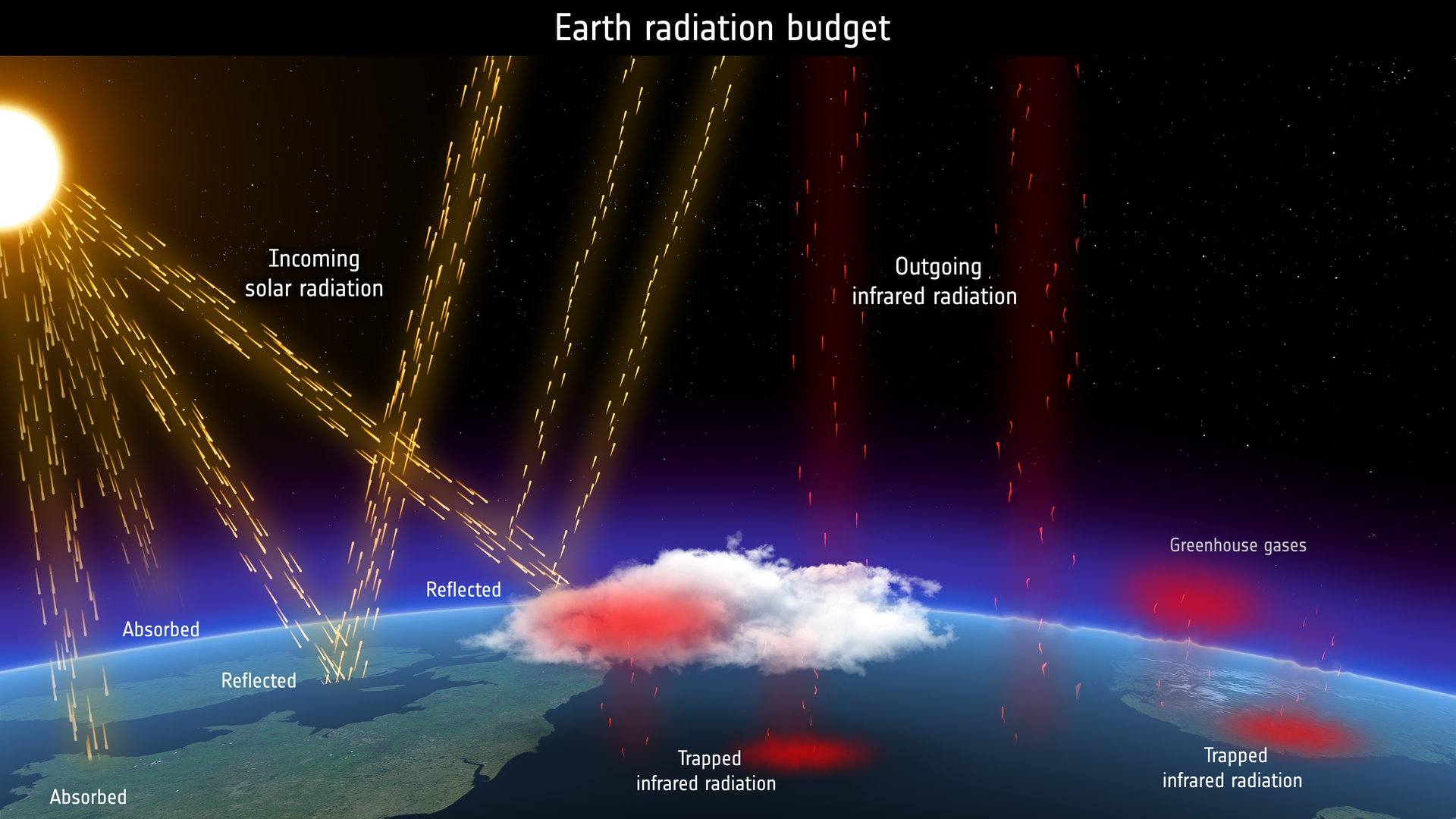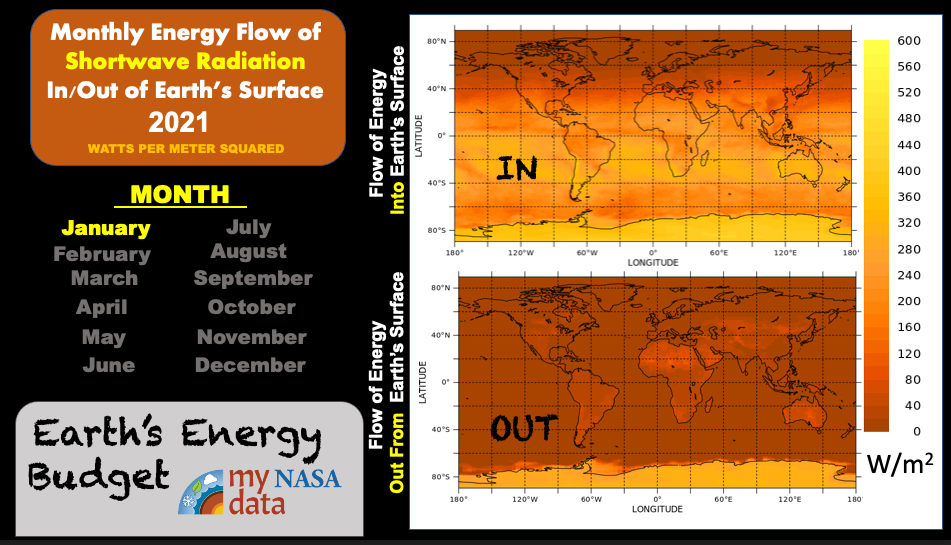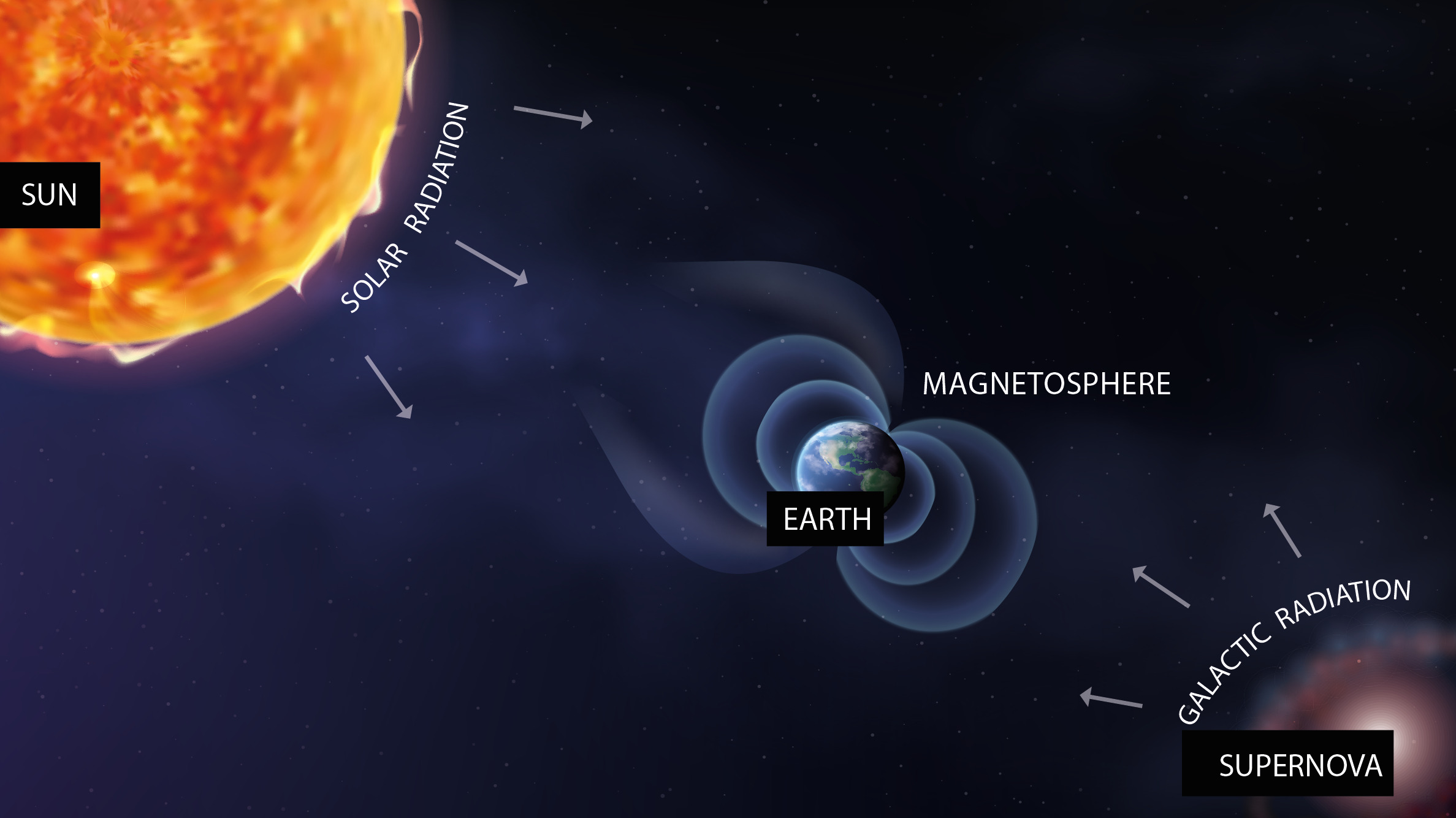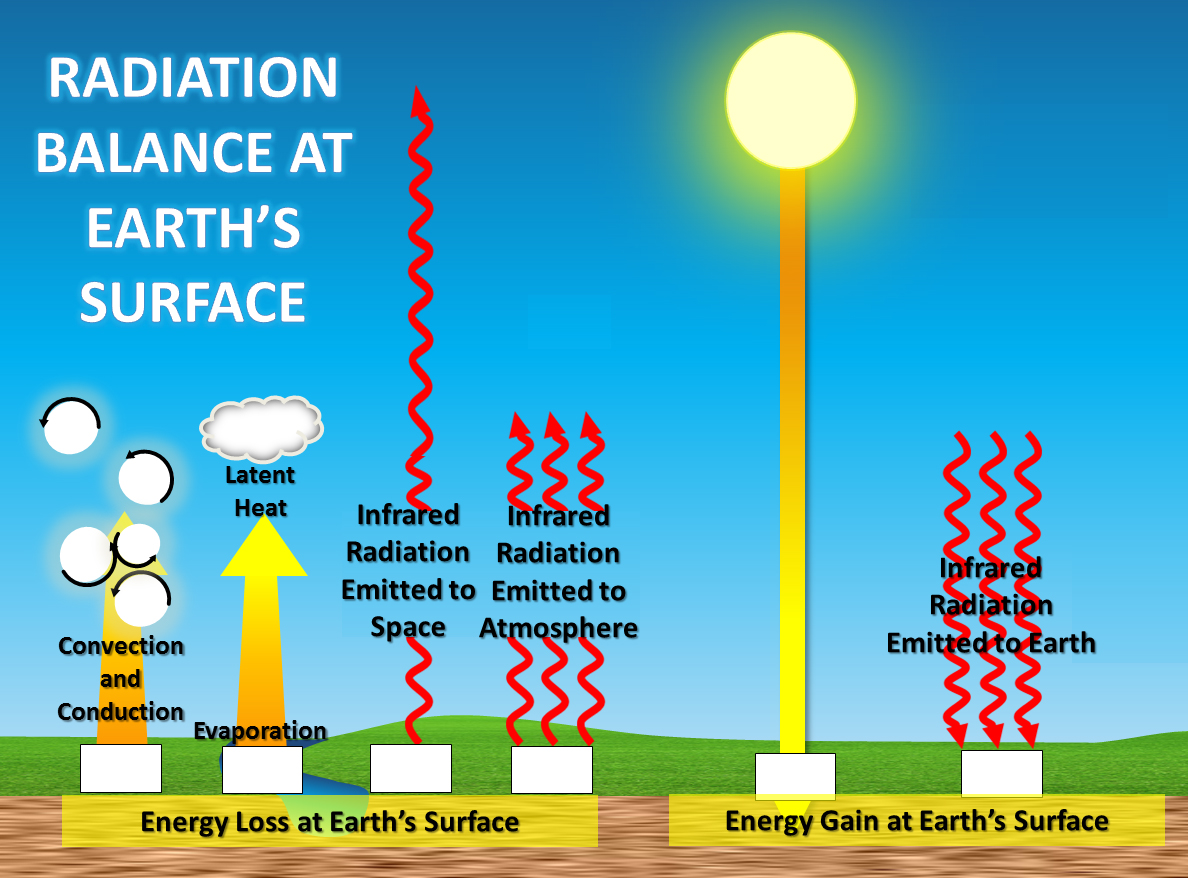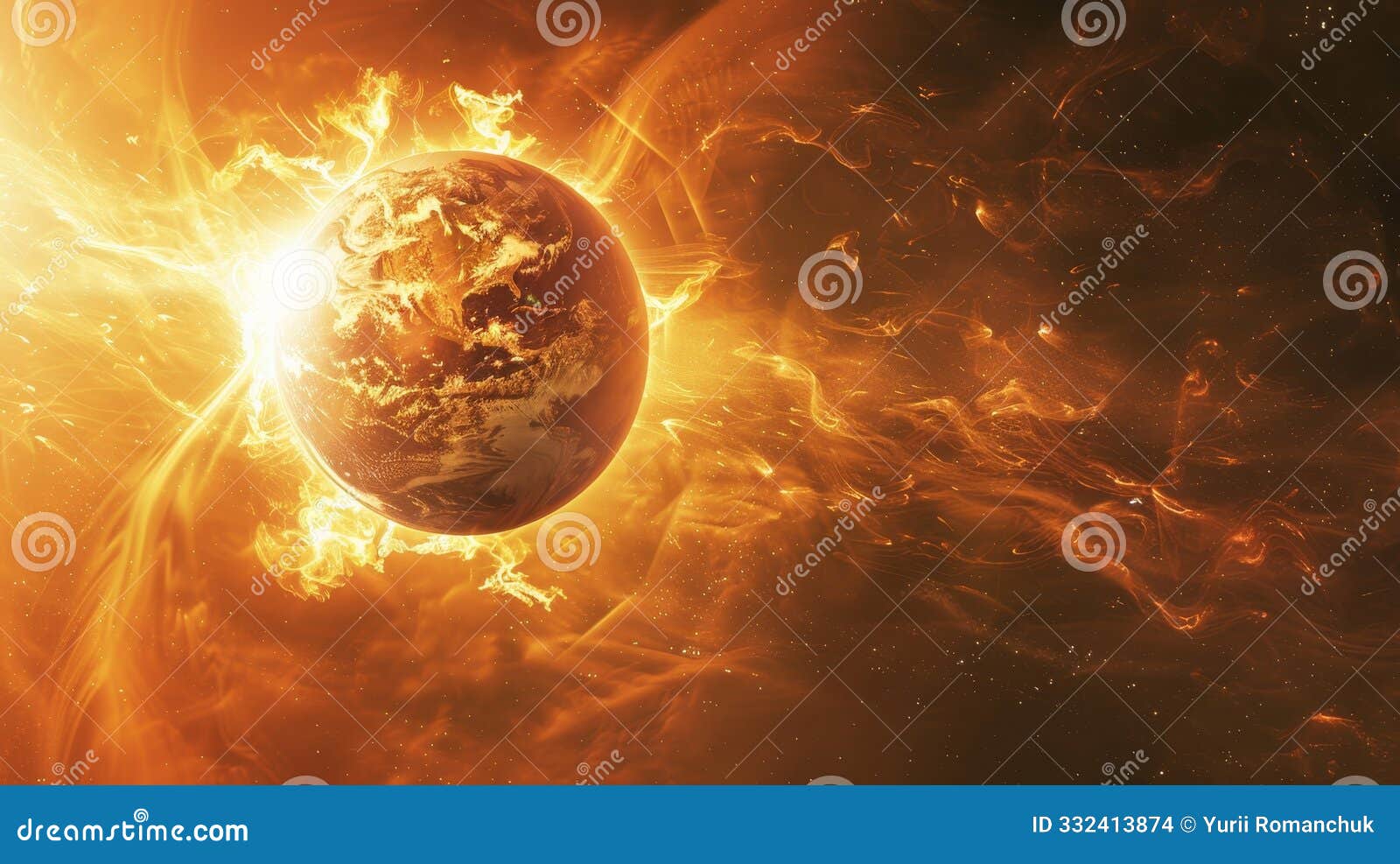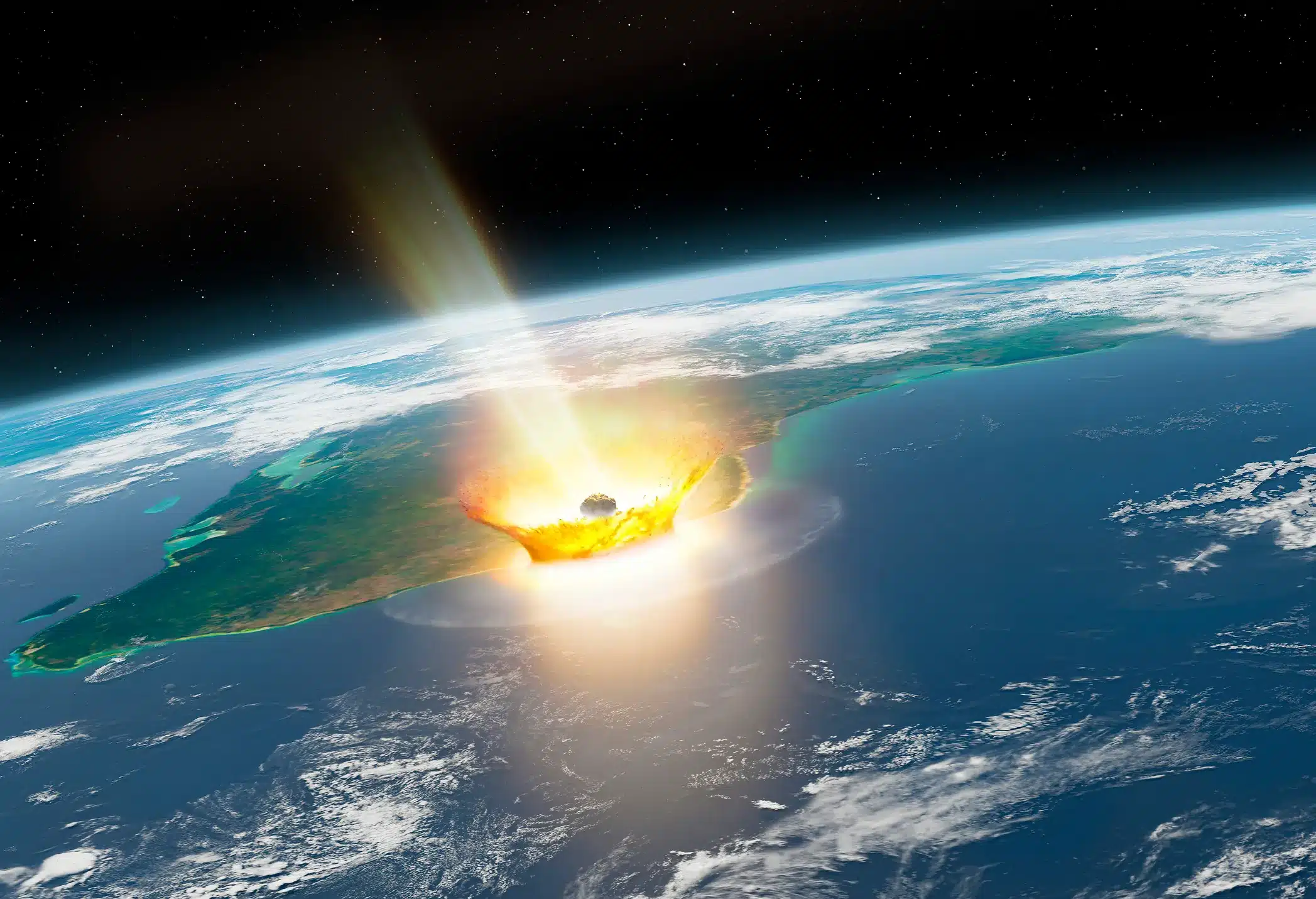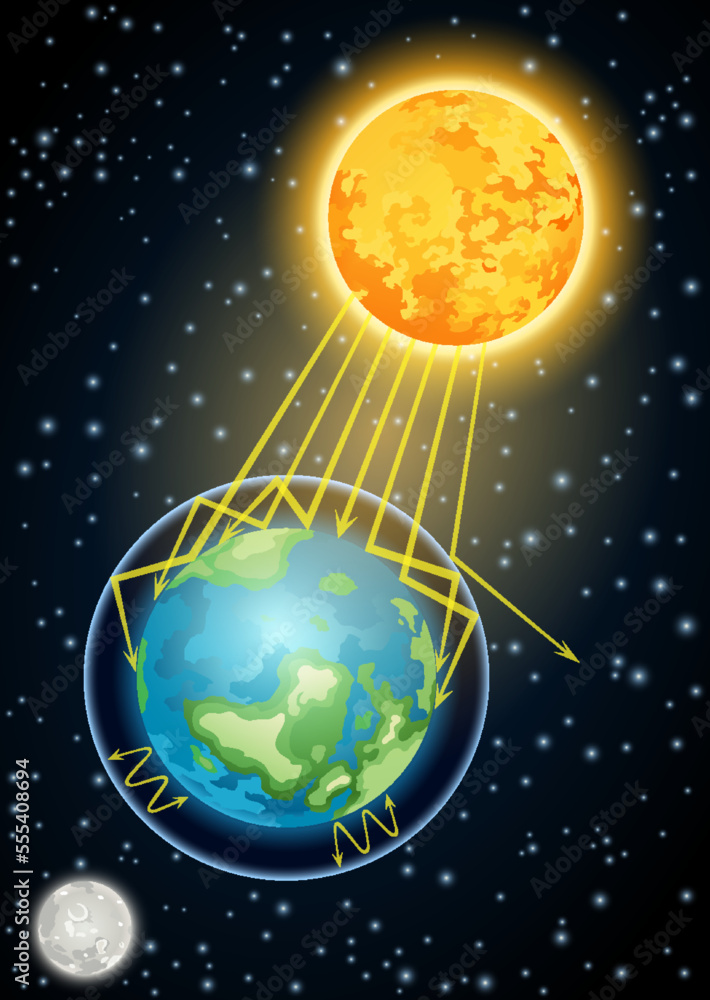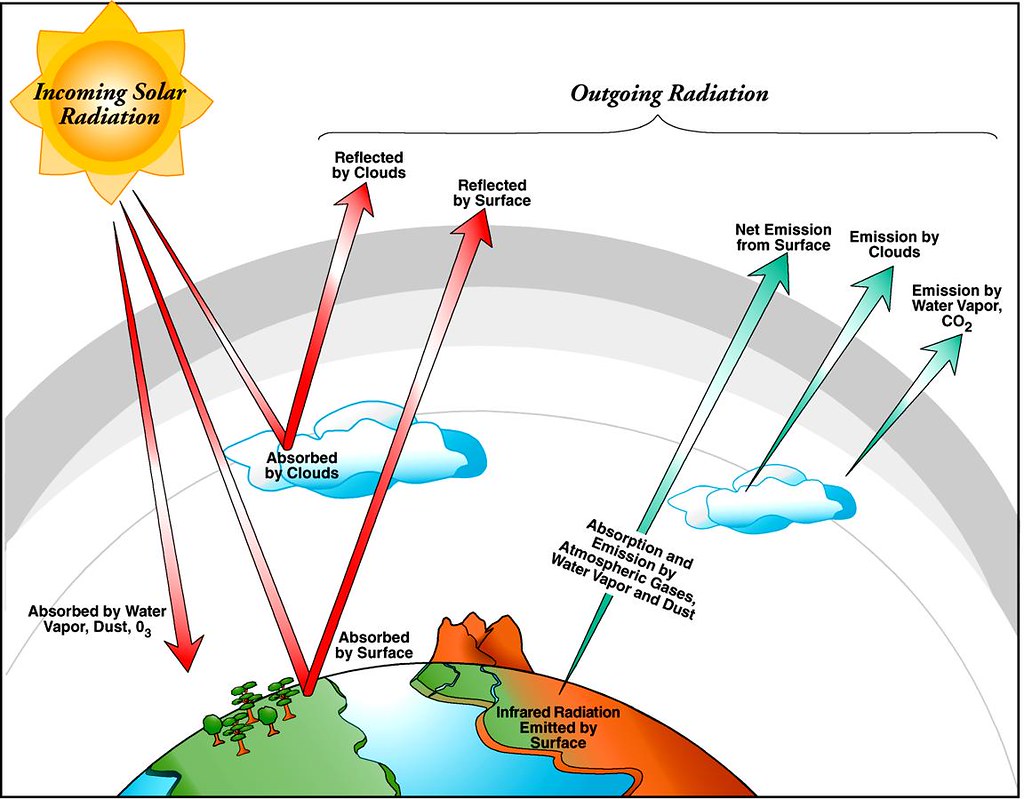Radiation Hitting Earth Tonight 2017
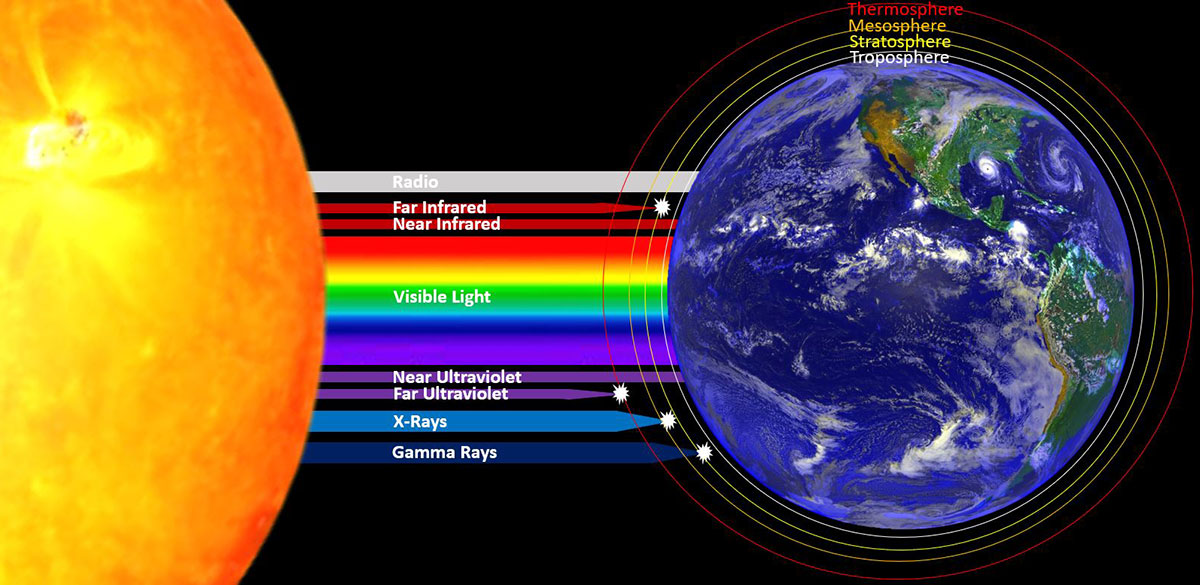
Imagine the night sky ablaze, not with the gentle twinkle of stars, but with an ethereal, almost imperceptible glow. Northern Lights might dance a little brighter, a subtle shift in the cosmic balance. Tonight, Earth anticipates a gentle caress from space, a radiation event that's got scientists talking, but not panicking.
This isn't the stuff of sci-fi disaster movies. The expected radiation increase is a blip on the cosmic radar, a natural phenomenon we've experienced countless times before. Think of it as a cosmic sun shower, not a deluge, and you'll have a better idea of what's happening.
What's Happening Tonight?
Essentially, a stream of energized particles from the sun is expected to brush past our planet. This event, carefully monitored by space weather agencies like NOAA (National Oceanic and Atmospheric Administration), is a typical occurrence as part of the Sun's regular activity cycle.
While radiation might sound alarming, it’s important to understand the context. We are constantly bombarded with radiation from various sources, including the sun, cosmic rays, and even the ground beneath our feet. The key is the level and type of radiation.
A Cosmic History Lesson
The Sun, our life-giving star, is a dynamic entity, constantly emitting energy and particles. These emissions vary in intensity and frequency, influencing the space environment around Earth, also known as space weather.
Major solar flares and coronal mass ejections (CMEs) are the big players, but smaller, more frequent events like this one are part of the ongoing story. These smaller events contribute to the dynamic interplay between the Sun and our planet's magnetosphere.
Impact and Significance
The expected impact from tonight’s radiation event is considered minor. NOAA anticipates a potential increase in auroral activity, which means those living in higher latitudes might have a better chance of witnessing the Northern or Southern Lights.
For most of us, the event will be imperceptible. However, there could be some minor effects on satellite operations and high-frequency radio communications, especially near the polar regions.
Scientists use sophisticated instruments and models to track these events, studying their effects on our atmosphere and technological infrastructure. Data from satellites like the GOES series provide crucial information for forecasting space weather.
No Need for Alarm
"There is no need for concern regarding personal safety,"
states a recent bulletin from the Space Weather Prediction Center. The Earth's atmosphere and magnetic field provide significant protection from harmful radiation.
Airline passengers and crew on polar routes may experience slightly higher radiation levels, but these are still within acceptable limits. These levels are continuously monitored by airlines to ensure safety.
This event is more of a reminder of our connection to the cosmos. It is an opportunity to appreciate the dynamic forces that shape our planet and to marvel at the intricate systems that protect us.
Looking up at the night sky tonight, perhaps we can feel a sense of awe and wonder, knowing that we are part of a grand cosmic dance, gently touched by the energy of our Sun. While it might seem insignificant, these moments remind us of the powerful and complex relationship we have with the universe.
